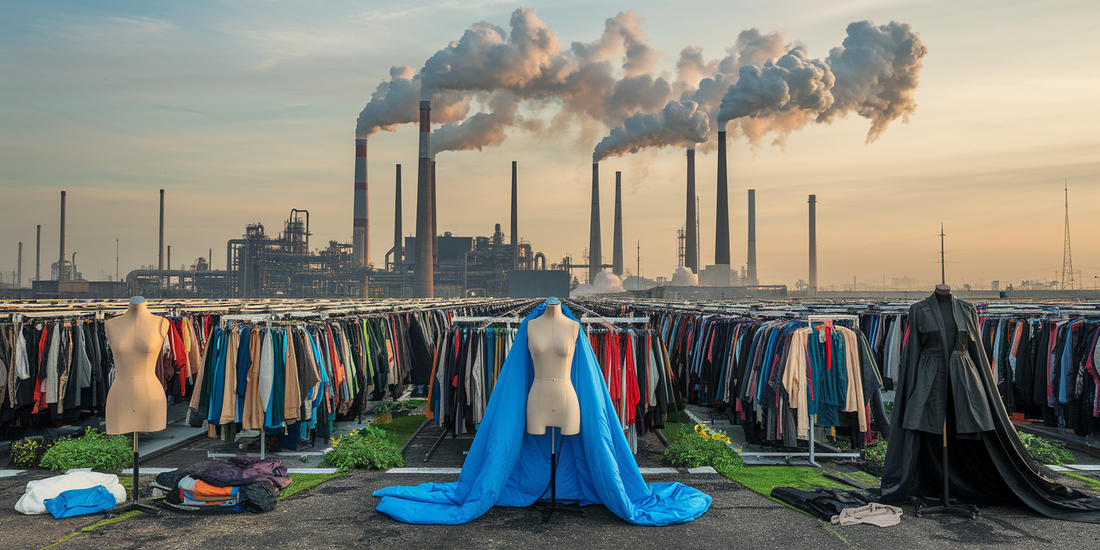
Fashion's Toxic Love Affair: Can Fast Fashion Kick Its Dangerous Fossil Fuel Addiction?
Share
- The **fashion industry** is a major culprit in the use of **fossil fuels** for textile production, pumping out massive carbon emissions and pollution.
- **Synthetic fabrics**, crafted from fossil fuels, rule the market with their bargain prices and attractive traits, but their creation is a real energy guzzler and environmental villain.
- Even with the buzz around sustainability, the craving for **fast fashion** is on the rise, cranking up the industry’s eco-footprint.
The fashion world just can't seem to shake off its love affair with oil and gas! While consumers shout for greener options, fast fashion brands are taking over the globe, exploding in popularity like never before. It's like they said "Who cares about the planet?" and just kept charging forward!
For decades, the fashion world has been deeply hooked on fossil fuels. Although some brands are making tiny steps toward cutting the fossil fuel cord, most are nowhere near ready to break free. By 2019, they were churning out a staggering 1.7 billion metric tonnes of CO2 annually, which equates to 10 percent of the world's man-made carbon footprint! This beast is projected to grow to almost 2.1 billion tonnes by the decade's end. As if that wasn't enough, it's also a massive drinker of the global water supply.
This year, the global fashion market is on track to hit a jaw-dropping valuation of $1.79 trillion. And that's just the beginning! They're rolling out as many as 1.3 million new products a year, leaving big players like Zara and H&M in their dust.
Synthetic fibers make up about 63 percent of fabric production. These slick fabrics, like polyester and nylon, come straight from fossil fuels, using eye-watering amounts of petroleum in their creation. Not only do they leave a huge energy footprint, but they take forever to decompose, littering oceans with pesky microplastics.
**Natural textiles** like cotton and silk had their moment, but synthetic alternatives are just too tempting with their durability, water resistance, and budget-friendly manufacturing. In 2022 alone, polyester made up a whopping 54 percent of global fiber production.
The fast fashion juggernaut isn't showing any signs of slowing down. In fact, it's speeding up! So, buckle up as these fashion giants continue their world domination tour, leaving a trail of environmental chaos in their wake. Will the **fashion industry** ever kick its fossil fuel habit? Only time will tell!
This December, Stand.earth released a bombshell report, revealing that 107 fashion brands are tangled up with oil and gas fracking in Texas! Some brands are working on phasing out their fossil fuel use, but most are still knee-deep in dirty deals.
The climate costs of these flashy threads are getting harder to ignore. If the fashion world doesn't clean up its act and unplug from its fossil fuel addiction, the environmental crisis will only get worse. A **2021 World Economic Forum report** laid it all out: the fashion and supply chains sit as the world’s third-largest polluters, threatening to wreck the planet unless drastic changes are made soon!
Are we witnessing the fashion industry's final showdown with sustainability? Or will its love for fossil fuels keep it chained to the past? Get ready for a wild ride!
